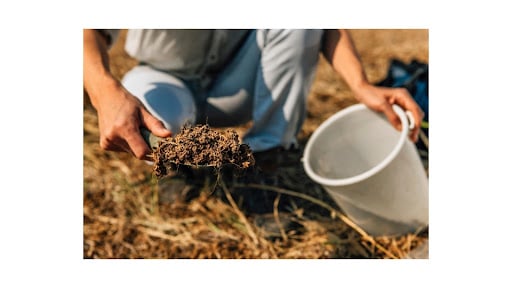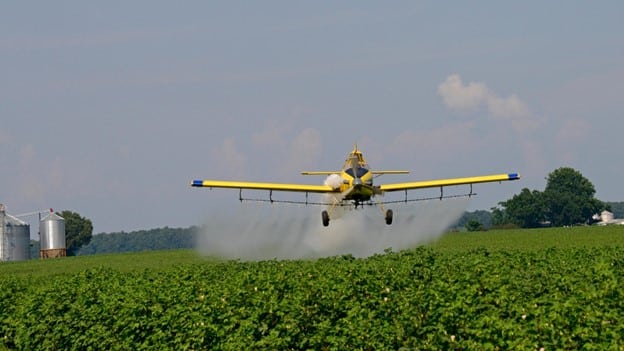
Crop tissue sampling is the study of organic tissue matter derived from a farmer’s crops to determine micronutrient deficiencies and abundances. The agronomist investigating the crop tissue must look at the crop as a whole, growth stages, tissue types, and quantities. The diagnostic results will locate the areas your crop needs additional nutrients and care. Recommendations are then made so the farmer can produce the highest quality crops possible while keeping the soil healthy for next year’s crops.
Fertilizer is often the first line of defense, though other preventative actions can be beneficial for maintaining or increasing various nutrients. As simple as crop testing may sound, this necessary process is imperative for proper crop growth.
How to Tissue Sample
Time it Right
Different crops will have different ideal times to pick from testing based on when they use a peak amount of micronutrients. Therefore, you’ll want to know when your crops are using the most nutrients to get a precise analysis of what they lack.
For example, with corn, you would want to pick the uppermost collard leaf between the V4 and V12 stages. Then select the ear leaf between R1 and R4. Each crop is different, so make sure to research your crop or ask an agronomist when the ideal time to pick is.
Random Sample
When looking for suitable crops to send in to be analyzed, don’t blindly grab samples. Instead, you’ll want to pick crops that are relatively healthy and lack pest damage or disease. However, this sample should still be random, meaning you should choose crop tissue from across your fields.
Collect Enough
The lab will need enough crop samples to dry down and analyze them. Think about how spinach shrinks when cooked. A similar process will happen to your crop as they are dried. Due to the shrinkage, you’ll want to have crop samples from about 30 to 35 plants. When you hold them all together, they should roughly equal the size of a softball.
Wash Away Residue
If the sample has a significant amount of dirt or other particles not natural to the crop, wash away the residue. The soil can otherwise alter the results of the crop tissue and will give you faulty readings. Make sure the crop is in its most natural state, without additives, before sending in the sample.
Contact Us Today
When done effectively, crop tissue testing can improve land health and lead to an increase in production. However, this vital step needs to be done by experienced professionals, which is where we come in.
Farm Service Cooperative will aid with crop tissue testing to determine the best course of action in maximizing field output. We also have a long list of additional agricultural services we provide. Visit our website for a list of steps our agronomists can take to help you successfully increase crop growth. Call us at (712) 755-3185 or email us at info@fscoop.com for more information.
Sources
https://www.canr.msu.edu/news/plant-tissue-analysis-an-important-part-of-nutrient-management
https://blog-crop-news.extension.umn.edu/2017/07/4-steps-to-more-effective-tissue-samples.html
https://www.farmprogress.com/crops/4-steps-tissue-testing
https://www.farmprogress.com/crops/tissue-test-results-are-now-what
https://nutrientstewardship.org/implementation/plant-tissue-analysis-tells-the-story/
https://fscoop.com



